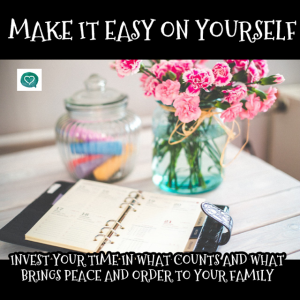Winning over Whining!
posted in: Language, Toddlers & Preschoolers, Training
1
One of the best teachings my hubby and I ever learned from GrowingFamilies.Life involved how to conquer whining (okay, so we probably didn’t completely conquer it, but did have the tools to minimize its presence in our home). Children begin whining when they are about eight to twelve months old due to their limited language skills. They know what they want to communicate, but are unable to do so. While whining is developmentally normal, it can lead to bad habits as the child grows. We were so thankful to learn that we could teach our children to communicate through sign language.
Signing offers babies and toddlers a way to express themselves. When a child whines for a drink of water, a snack, or a hug and then receives the desired result, he learns that whiners win. As parents we can be intentional to win over whining. In Preparation for the Toddler Years, Gary and Anne Marie Ezzo write, “To prevent whining and to facilitate your child’s verbal skills, start around eight months of age to teach your infant how to communicate through sign language. It is never too early to emphasize please and thank you. Remember, your child’s verbal comprehension precedes his verbal vocabulary. You can effectively teach the following phrases: please, thank you, stop, more food, and all done.”
I remember teaching our firstborn how to sign ‘please’ when he wanted food. As I recall, his grandparents weren’t too sure about this approach. I think we might have been perceived as idealistic first-time parents, especially since we also worked with him to keep his hands under the high chair tray and out of his food. But sure enough, when Grammy and Grandpa saw their little grandson signing ‘please’ and ‘more’ from his high chair, they were smitten. Now they thought teaching babies to sign was amazing!
Sign language was part of our babies’ lives thanks to GrowingFamilies.Life. We continued to use sign language as they become toddlers, even though their verbal skills were growing. ‘Sit’ was a favorite sign during those years. Gary Ezzo adds that, “Once the child is verbal, then you can add to your parenting repertoire the catch phrase: ‘Use your words.’” That simple phrase speaks life into the toddler and points him toward the desired behavior. Even into the elementary years, I would sign a discreet ‘thank you’ as a quiet reminder for them to verbalize appreciation. Or, I would sign ‘stop’ to put a quick end to an undesirable behavior. Using signs with a child of this age eliminates the need for words which could potentially lead to a verbal battle.
Children whine when they don’t have an alternative. Our job as parents is to teach them the option of sign language. That’s winning over whining!
Bethany Mounts and her husband, Brian live in the Charleston, SC area with their three sons. They lead classes together and Bethany serves on the board for Christian Family Heritage in addition to being a Contact Mom.

